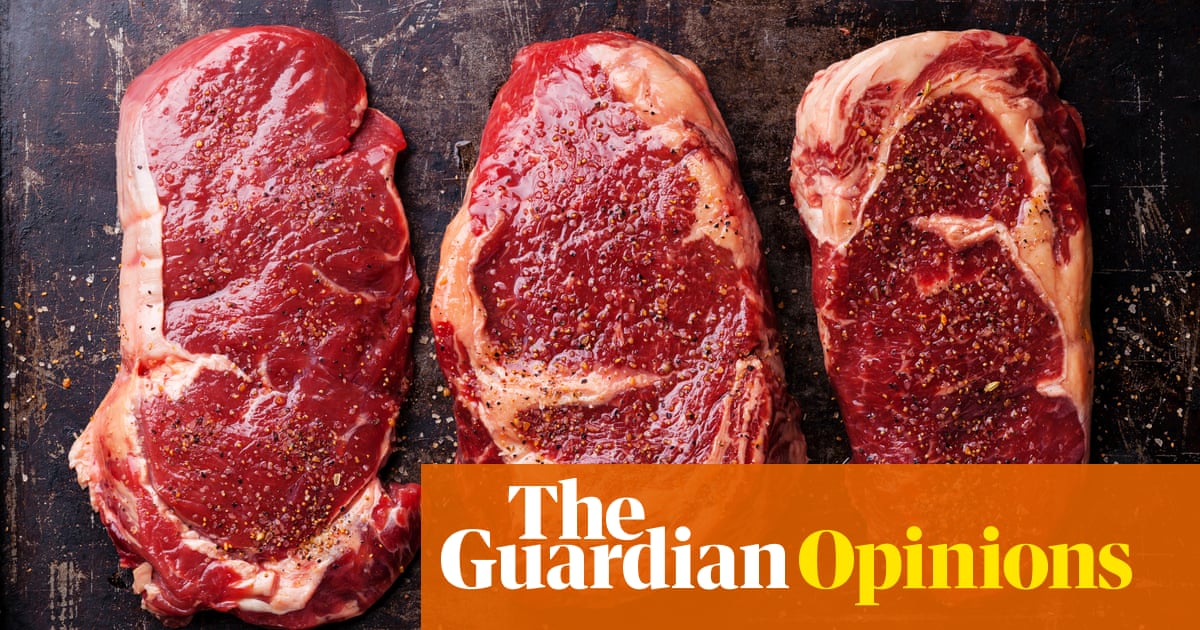Badger cull may have increased bovine TB risk in neighbouring herds – study | Badgers

England’s controversial badger cull may have increased the risk of bovine tuberculosis (bTB) among herds in neighbouring areas, according to new research.
Researchers at the University of Oxford found that although badger culling reduced incidences of tuberculosis in the areas where it took place, in neighbouring areas the risk of the disease in cattle increased by almost a third.
Badger culling has been ongoing in England for several years as part of an effort to eradicate bTB. This disease spreads between cattle or via contaminated equipment, but it can also be spread by infected badgers.
In that time the culls, which were opposed by nature NGOs including the Wildlife Trusts, and also by animal rights campaigners, have killed more than 200,000 badgers – half the badger population of the UK, according to the Badger Trust.
Labour in opposition said they would end the culls, but no announcement has been made since their election.
The Oxford study said the adverse side-effects of badger culling in one area should “represent important considerations for scientists and policy-makers” implementing badger culling strategies.
In the two-part study, researchers re-analysed data from the randomised badger culling trial that took place between 1998 and 2005. The initial study produced data consistent with the RCBT showing beneficial results to cattle in the areas where culling took place.
However, a secondary study using peer-reviewed analyses of the RCBT found a 29% increased risk of bTB infections in cattle in surrounding areas.
The secondary study aimed to address scientists’ concern around the “lack of evidence” supporting the RCBT experiment. It also suggested that irrespective of the statistical methodology used, badger culling during the RCBT was associated with an increased risk of tuberculosis in neighbouring cattle.
Analysis of neighbouring cattle revealed however that the risk of bTB spread among cattle increased only while culling took place. The researchers said this suggested that “careful consideration” of neighbouring areas was needed when devising culling strategies.
The researchers said: “Based on our comprehensive analyses, we deduce that during the RBCT, irrespective of statistical methodology, proactive culling was associated with a heightened risk – albeit declining with time – of herd breakdowns for cattle residing in areas neighbouring culled areas, compared to cattle populations in areas neighbouring unculled survey-only areas.
“The adverse side-effects of proactive culling, particularly in the immediate aftermath of the first proactive cull, represent important considerations for scientists and policy-makers during the design and implementation of any potential badger culling strategy.”
A Defra spokesperson said: “We know the devastating impact that bovine TB has had on farmers, vets and conservationists with thousands of cattle lost to the disease and badgers culled.
“This government will roll out a TB eradication package including vaccination, herd management and biosecurity measures to meet our objective to get to bovine TB-free status and end the badger cull.”
Source link




